Join the author, Néstor T. Carbonell, as he shares a critical analysis of the Castro-Communist regime
and explores the challenges and opportunities that will likely arise when freedom finally dawns in Cuba.
CHAPTER 5: The Cloak and the Dagger—Joining the Exile Front (Mid-1960)
There were two points that Eisenhower stressed at the meeting. First, given the impending transfer of the executive responsibilities to President-Elect Kennedy, he said that «we would not want to be in a position of turning over the government in the midst of a developing emergency.» Hence his desire to be bolder and nimbler in recasting and advancing the operation, which he planned to review with Kennedy on December 6.
The second point Eisenhower underscored was the need to select immediately a very senior government official who would coordinate all aspects of the larger-scale operation—intelligence, military, and diplomatic relations with the Front—and report to the president.20
The «coordinating chief,» subsequently appointed as deputy to Assistant Secretary of State for Inter-American Affairs Thomas Mann, was Whiting Willauer, US ambassador to Costa Rica and, previously, to Honduras. Apart from his diplomatic background, Willauer had gained considerable air force logistics experience during World War II as assistant to the president and executive secretary of China defense supplies, which became the principal backstopping agency for General Claire Chennault’s Flying Tiger operation during the war. Willauer later played a key role in supporting the CIA-led Guatemala paramilitary action against President Arbenz.
TONY VARONA’S NOVEMBER
29 MEETING AT THE STATE
DEPARTMENT
The very same day that President Eisenhower reviewed the anti-Castro operation at the White House, Tony Varona, head of the Front, was received at the State Department. He had requested a meeting with Assistant Secretary of State Thomas Mann but was granted an audience with midlevel officials empowered only to listen, raise questions, and take notes.
Varona, although miffed by the apparent snub, decided to go on with the meeting. There were more important issues to air than title and rank. Not known for diplomatic niceties, Tony was very direct, if not blunt, in stating his position on the Cuba situation and on discussing what the Front expected of the US government to address the Castro-Communist threat and hasten the liberation of Cuba.
During the meeting, which lasted two hours and twenty minutes, Varona covered a lot of ground. The declassified minutes summarize his views but do not record any comments or observations made by the impassive officials.
Varona made several key points. Given the ongoing training of Castro’s armed forces and militias—which training was progressively raising their level of discipline and efficiency—and the increasing shipments to Cuba of Soviet arms and military personnel, Varona said, «It is essential that the opposition forces mount their attacks at the earliest possible moment. … Time is running against us, and it js-afnllusion to believe that economic hardship will ever, by itself, achieve the objective which is sought.»
He shrugged off as impractical the idea considered by the CIA of launching an invasion to take the Isle of Pines, an area reportedly defended by twenty-five hundred Castro fighting men. Varona correctly pointed out that «after seizing the island, presumably at a heavy cost, the invading forces would still be faced with the major task of launching still another invasion against the mainland of Cuba.»
As a better alternative, the exile leader outlined his proposed plan: «A force of 2,000-3,000 men [US-trained Cuban brigade along with the Front heads] should be put ashore in Cuba, should take control of an area, consolidate their hold over it, and declare themselves the new government of Cuba. The existence of such a controlled area, in the nature of a safe haven, would ipso facto encourage large-scale defections of Castro’s forces.» With his customary emphatic style, Varona added, «It would then be incumbent upon the United States to recognize the newly established government and actively and effectively support it.»
When asked if he meant by this the actual dispatch of United States troops or just equipment, Varona didn’t mince words. He explicitly responded that he meant both. Near the end of the conversation or quasi monologue, «he repeated his personal conviction that Castro [would] be overthrown only by a major military effort, and that armed intervention by the United States with men and equipment would prove unavoidable.» No one at the meeting contradicted Varona or disabused him of that expectation.21
THE EISENHOWER-KENNEDY
TRANSITION (JANUARY 3-19,1961)
At the start of 1961, Castro yet again brazenly provoked Washington. On January 3, at 1:20 a.m., the Cuban Ministry of Foreign Relations in Havana sent a telegram to the charge d’affaires at the US Embassy informing him that the total number of personnel at the US Embassy and Consulate must not be more than eleven persons. The telegram further stipulated that the personnel exceeding that limit had to leave the island within forty-eight hours.
Eisenhower did not delay his response to that riling diktat. After telling his advisers at an emergency meeting that morning that the United States «should not tolerate being kicked around,» he proceeded to break diplomatic relations with Cuba. The president, however, wanted to go beyond that. He was eager to finish the job of helping to overthrow the Castro-Communist regime before leaving office on January 20. But since not enough Cuban exiles had yet been recruited and trained to launch the planned assault, he was prepared to intervene unilaterally if the Cuban regime provided him a really good excuse. Failing that, the president said, perhaps the United States «could think of manufacturing something that would be generally acceptable.»22
In the end, the president agreed that the ongoing CIA operation was the best course, and he instructed Dulles and Bissell to increase with a sense of urgency the size of the force being trained in Guatemala.
In the meantime, Ambassador Whiting Willauer, who had been appointed as coordinator in chief of the operation, held an interdepartmental meeting on January 11 at the office of the chief of naval operations to assess the plan developed by the CIA for an invasion of Cuba. This was the first time that the plan had been reviewed by working-level officers of the Joint Chiefs of Staff.
For seven days—from the January 11 to January 18—the Interdepartmental Working Group on Cuba, representing the CIA, the State Department, Defense, and the Joint Chiefs of Staff (JCS), reviewed the plan and produced several papers that summarized the discussions, posed questions, and formulated recommendations. Although there was not enough time before the Kennedy inaugural on the twentieth to blend the respective views of the CIA and the Defense Department and incorporate them into a single document, there seems to have been general concurrence at least on the following key points:23
1. Timing
The CIA reported that «while the support of the Castro government by the Cuban population is deteriorating rapidly and time is working in our favor in that sense, it is working to our disadvantage in a military sense.» According to US intelligence, as many as one hundred Castro pilots were undergoing jet flight training in Czechoslovakia, and the appearance of modern radar throughout Cuba indicated a strong possibility that Castro would soon have an all-weather jet intercept capability. Further, the Soviet bloc was shipping to the island vast quantities of military equipment, including medium and heavy tanks, field artillery, heavy mortars, and antiaircraft artillery, along with military experts and trainers. MiG fighter planes were expected to arrive shortly.
Based on that report, the Interdepartmental Working Group believed that it was not realistic or advisable to postpone the operation, say, for seven months, in order to recruit and train a much larger force of Cuban exiles and possibly Latin American volunteers (five thousand to ten thousand strong). The rationale: it would be very difficult to unseat a Soviet-backed Communist regime, once consolidated, without a major US military intervention.
2. Invasion
An amphibious-airborne force of Cuban exiles trained in Guatemala (seven hundred fifty men at the time, increasing to about fourteen hundred by D-Day) would seize and defend a small lodgment on Cuban soil near a terrain propitious for guerrilla warfare in case the landing failed to ignite a sizable uprising.
3. Air cover
Control of air lanes and sea-lanes in the landing area was viewed by the group as an absolute requirement. «The Cuban Air Force and naval vessels capable of opposing our landing must be knocked out or neutralized before our amphibious shipping makes its final run into the beach. If this is not done—the Group emphasized—we will be courting disaster.»
The group also noted that «the idea of air strikes beginning three days before D-Day has been killed [as that would give Castro too much advance notice of the invasion], and a strike beginning the day before D-Day has now been accepted [by the group].»
It was pointed out, particularly by Willauer, that there was a need for US jet fighters to provide top-level air cover for the low-level strafing by the B-26 bombers that were assigned to secure the beachhead.24
4. US military support
The lodgment seized by the invasion force would be used as the site for the establishment of a Free Cuba provisional government, which would be promptly recognized by the United States and several Latin American states and given overt military assistance. The prevailing view of the group was that US support (at least logistics) shortly after the landing was necessary to break out of the beachhead, stimulate an uprising, and topple the regime. At that stage, the command of the operation would shift from the CIA to CINCLANT (commander in chief of the US Atlantic Fleet).
As we shall see, these plausible recommendations, which may have averted the Bay of Pigs disaster, were not heeded by the incoming administration.
EISENHOWER’S PARTING COUNSE
On January 19, the day before Kennedy’s inaugural, Eisenhower met with him at the White House together with their principal advisers. When the issue of Cuba came up, Eisenhower stressed that the United States must not allow the Castro-Communist regime to continue to exist in Cuba. He counseled that the training of anti-Castro forces in Guatemala be continued and accelerated, and urged the Kennedy administration to «help such forces to the utmost.
CHAPTER 6
I Inside a Doomed Expedition: The | Bay of Pigs (January-April 1961)
Shortly after Kennedy took office, his New Frontier executive team proceeded to reassess the proposed Cuba paramilitary plan. The key players were Robert McNamara, secretary of defense; McGeorge Bundy, national security adviser; Dean Rusk, secretary of state; Chester Bowles, undersecretary of state; Thomas Mann, assistant secretary of state for inter-American affairs; Adolf A. Berle, chief of Department of State Latin American Task Force; and Arthur Schlesinger, special assistant to the president. Kennedy also invited Senator William Fulbright, chairman of the Committee on Foreign Relations, to join the team and express his views at a crucial meeting.
The Interdepartmental Working Group on Cuba that Ambassador Willauer had put together, with State, Defense, CIA, and Joint Chiefs of Staff (JCS) representatives, was disbanded. As a result, there was a break in the continuity of the development of the Cuba paramilitary plan. Willauer was first marginalized and subsequently eased out with no formal notice of termination. As he testified in Senate hearings: «I kept trying to get an appointment [with Secretary of State Rusk]. I tried for thirty days straight. I saw him once in the hall. He said: ‘I am awfully busy. I will see you later.’ I just got a general runaround. The thing that amazed me most was that I was never debriefed.»1
The official records clearly show that Kennedy’s executive team was not sanguine about the covert paramilitary plan. Most of the advisers,
particularly Bowles, Mann, and Schlesinger, plus Fulbright, strongly opposed it for moral, legal, and political reasons. They apparently disregarded the possibility of recognizing a Free Cuba provisional government concurrently with the landing of the strike force, which could have legitimized US overt support and paved the way for collective action by the OAS under the Rio Treaty.
Arguing that the operation was out of proportion to the alleged Communist threat, Fulbright said famously that «the Castro regime is a thorn in the flesh, but is not a dagger in the heart.» (The senator had to eat those words the following year, when the Soviet Union established a strategic base in Cuba with a nuclear dagger pointed at the heart of the United States.)
In a memorandum to the president advocating cancellation of the invasion, Schlesinger wrote that the risks of the operation outweighed the risks of abandonment. Carried away by wishful thinking, he mused, «We might… be able to make some diplomatic capital out of the abandonment. We might have [Ambassador] Thompson say to Khrushchev, for example, that we have discouraged an invasion of Cuba; that this shows our genuine desire to compose differences; that K. should tell his friend [Castro] to behave.»2 It’s hard to imagine how this transparent ploy would have induced the hard-boiled comrades Khrushchev and Castro to «behave.»
When the momentum in Washington finally tilted toward a downsized military action against Castro, most of the Kennedy advisers who had been against it withheld their opposition and jumped on the bandwagon. But they seemed more interested in protecting the president politically in case of failure than in bolstering the operation militarily to ensure success. As reported and endorsed by Schlesinger, Secretary of State Rusk suggested that «someone other than the president make the final decision [to launch the invasion] and to do sojn-feis absence— someone whose head can later be placed on the block if things go terribly wrong.»3 Not precisely the kind of leadership that the president extolled in his book Profiles in Courage.
I Kennedy’s Moment of Truth
Kennedy’s eloquent inaugural address—masterly delivered on a cold, blustery day in January—positioned him as a gallant and unflinching leader of the free world, prepared to «pay any price, bear any burden,… oppose any foe to [en]sure the survival and success of liberty.»
In an oblique warning to both Castro and the Soviet Union, he postulated, «Let all our neighbors know that we shall join with them to oppose aggression or subversion anywhere in the Americas. … And let every other power know that this hemisphere intends to remain the master of its own destiny.» The words were just right to rally the allies and forewarn the foes. The big question: Would the president’s actions match his stirring rhetoric?
Having barely settled down in the White House, Kennedy had to face his moment of truth on Cuba. The issue was too compelling to be shrugged off or held in abeyance. It required a prompt and clear-eyed decision on whether to proceed with the plans to topple the Castro regime and, if so, under what conditions.
The president had been briefed three times on Cuba (twice during the presidential campaign). But then he didn’t own the issue and could exploit it, as he unabashedly did to his advantage, pummeling Nixon for being «soft» on communism in Cuba. Now, however, he was in the driver’s seat. The issue was his—to resolve or to botch.
Troves of declassified documents and personal records point to a dithering president with no executive or international experience who was not sold on the covert plan to overthrow the Castro regime. But instead of canceling it altogether, given his concerns and doubts, he micromanaged and eviscerated the risky operation and doomed it to failure with not enough pushback from the CIA and the Joint Chiefs of Staff.
Following is an unvarnished recount of the ill-advised decisions that led to the disaster of the Bay of Pigs and its portentous consequences:
I February 8—a Preview of the I Operation at the White House
The meeting with the president opened with a brief overview by Richard Bissell of the CIA’s proposed plan for launching an expeditionary force against Castro with the Cuban troops trained in Guatemala. He reported that after careful evaluation, the Joint Chiefs of Staff believed that the plan had «a fair chance of success.» By success they meant ability to survive, hold ground, and attract growing support from Cubans. At worst, the invaders would fight their way to the nearby mountains and go into guerrilla action (even though most of them had not been trained for guerrilla warfare).
The president pressed for alternatives to a full-fledged «invasion» supported by planes, ships, and supplies provided by the United States. He envisaged «a force that would land gradually and quietly and make its first major military efforts from the mountains.» The CIA expressed reservations about a quiet, piecemeal operation but agreed that the matter should be carefully studied.
The president also intruded in the restructuring of the Front, which was being enlarged and subsumed by the newly formed Cuban Revolutionary Council. The White House’s position was that the council should have a «strong left-of-center balance.»»
I March 11—Presentation to Kennedy | of the Trinidad Plan
The option recommended by the CIA and the JCS to the president was an amphibious-airborne assault carried out by the Cuban brigade trained in Guatemala (close to fourteen hundred strong) with concurrent (but no prior) tactical air support. The brigade^was to seize a beachhead in the south central part of Cuba near the town of Trinidad. This was an optimal location that had access to a port (Casilda) and an
airfield, and was close to the Escambray Mountains, where anti-Castro guerrillas were valiantly resisting the regime’s onslaught.
The leaders of the Cuban Revolutionary Council in Miami would land as soon as the beachhead had been secured and establish a Free Cuba provisional government-in-arms. If initial operations were successful and if there was evidence of rebellion against the Castro regime, the provisional government could be recognized and a legal basis provided for US logistics support.
The president rejected the well-thought-out Trinidad plan because he said that it would «put us so openly in view of the world. … He directed the development of a plan where US assistance would be less obvious, and [said he] would like to meet again within the next few days.»5
Kennedy specifically indicated that «an acceptable plan should provide for a quiet landing, preferably at night, without having the appearance of a World War II-type amphibious assault.»6
As the president continued to emasculate the operation in the interest of non-US attribution, the chance of success progressively dimmed.
| March 15—Presentation of the Substitute Zapata Plan7
To satisfy the president, the CIA and the JCS worked feverishly to re-frame the landing plan in seventy-two hours. Three options were presented, none of which, according to the JCS, was «considered as feasible and likely to accomplish the objective as the basic paramilitary plan [Trinidad plan].» Nevertheless, the president was inclined to go along with one of the options, which, as noted by Admiral Arleigh Burke, had only a 50 percent chance of success: the Zapata plan, which called for the landing of the Cuban brigade at the Bay of Pigs, on the Zapata Peninsula, south of Cuba.
The beachhead had an airstrip that could accommodate the brigade’s B-26 bombers, and its few access roads would make it difficult for Castro to deploy his troops. Those were some of the reported advantages of the Bay of Pigs location. But there were also major disadvantages that
were flagged to the president: resupply, including food, would have to come from outside Cuba; exits from the beachhead could be sealed off by Castro forces; and no sizable local support could be expected since the Bay of Pigs area was largely uninhabited.
It was wrongly assumed that if the landing forces could not hold their positions, they would «melt» into the mountains and become guerrillas. That would have been feasible in Trinidad but not in the Bay of Pigs, which was surrounded by alligator-infested swamps with no mountain hideouts within reach.
General Maximo Gomez, the renowned master of guerrilla warfare during Cuba’s long quest for independence, expressly avoided the Zapata Peninsula as a «geographical and military trap.»8 Of course, we can’t blame the US strategists for failing Cuban history. But flunking geography? That’s another story.
The president did not like the idea of the dawn landing and felt that to make this appear as an inside guerrilla-type operation, the troops with all their equipment should disembark at night and the ships should be clear of the area by dawn. This was a tall order for an amphibious operation with few successful wartime night precedents to draw on.
To meet the president’s directive that the initial landing be as unspectacular as possible, the immediately prior and concurrent tactical air support—the air cover deemed critical by the CIA and the JCS to protect the landing—was reluctantly dropped. As a compromise, a plan was to be devised to make a few strafing runs by fake defectors against the Castro air force several days before the landing. The downside was that this would alert the Cuban regime to the imminent invasion and expose the landing forces to relentless bombing if Castro’s fighter planes were not all knocked out ahead of time—which is exactly what happened.
In the course of the meeting, «the president also jriquired what would happen if it developed after the invasion that the Cuban exile force were pinned down and being slaughtered on the beaches.» After further discussion, «it was decided they would not be re-embarked
because there was no place to go. Once they were landed, they were there.»
| March 31
On March 31, Undersecretary of State Chester Bowles, who opposed the invasion, wrote Secretary Rusk that «those most familiar with the Cuban operation [the Zapata plan as curtailed and weakened] seem to agree that … the chances of success are not greater than one-out-of-three. … The one way we can reduce the risk [of failure] is by a sharply increased commitment of direct American support. In talking to Bob McNamara and Ros Gilpatric at lunch Tuesday at the Pentagon, I gathered that this is precisely what the military people feel we should do.»9
| April 410
On April 4, President Kennedy held a meeting at the State Department with high-ranking members of the JCS and the CIA, and with his executive team, to review the scaled-down Zapata plan and agree on next steps. The president was still hesitant about the plan and again indicated his preference for an operation that would infiltrate the force in units of two hundred to two hundred fifty and then develop them through a buildup.
Colonel Jack Hawkins, chief of the CIA paramilitary section on loan from the US Marine Corps, took exception to Kennedy’s recommendation. Armed with vast experience acquired in the invasions of Corregidor in the Philippines, Okinawa Island southwest of Japan, and Inchon in Korea, the colonel explained to the president «that landing small groups would merely serve to alert Castro, and they would be eliminated one by one. He indicated that a group of 200 was below the critical number able to defend themselves.»
Senator Fulbright, who had been invited by the president to attend
the meeting, thrashed the invasion plan, calling it immoral, illegal, and absurd. By lambasting the plan in such a sweeping and high-handed manner, he implicitly condemned and irked all those in attendance who for more than two months had been grappling with the operation. Fulbright’s haughty sermon (coming from an «outsider») only served to galvanize the esprit de corps of the group and to draw sharp rebuttals and criticism. Except for Rusk, no one spoke against the Zapata plan, not even those who had serious reservations about it.
Indeed, when Kennedy went around the table and asked for their verdicts, they cast their votes in favor. The sentiment of the group was captured by Adolf Berle, who, when pressed by the president to cut short his long-winded speech and vote, blurted out: «Let ‘er rip.»
Kennedy adjourned the meeting with no final decision, saying, «We’d better sleep on it.» The clock was ticking, but the wavering persisted.»
| April 5-17
During the twelve days prior to the launch of the pared-down invasion, the president reiterated to the CIA and the JCS that no US troops would be involved, and he rejected the so-called «Nestor plan» (no relation to the author) that called for US paramilitary support. The only hope of averting disaster rested on the air supremacy of the brigade, but this critical condition was effectively thwarted by fatal decisions.
The original plan recommended by the CIA and the JCS to President Kennedy envisaged all-out air strikes not prior to D-l, so as not to alert the Castro forces prematurely. But since the president had rejected a massive air attack as too «spectacular,» it was decided as a compromise to go to limited air strikes starting on D-2 with the objective of destroying Castro’s attack planes on the ground. The strikes wepCto be carried out by brigade pilots posing as defectors from the Castro air force.
This convoluted scheme was intended to back up the fiction that air support for the invasion force was coming from within Cuba. The
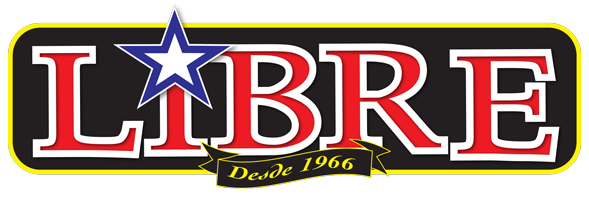
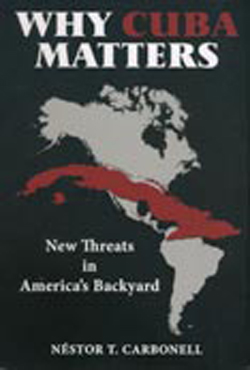

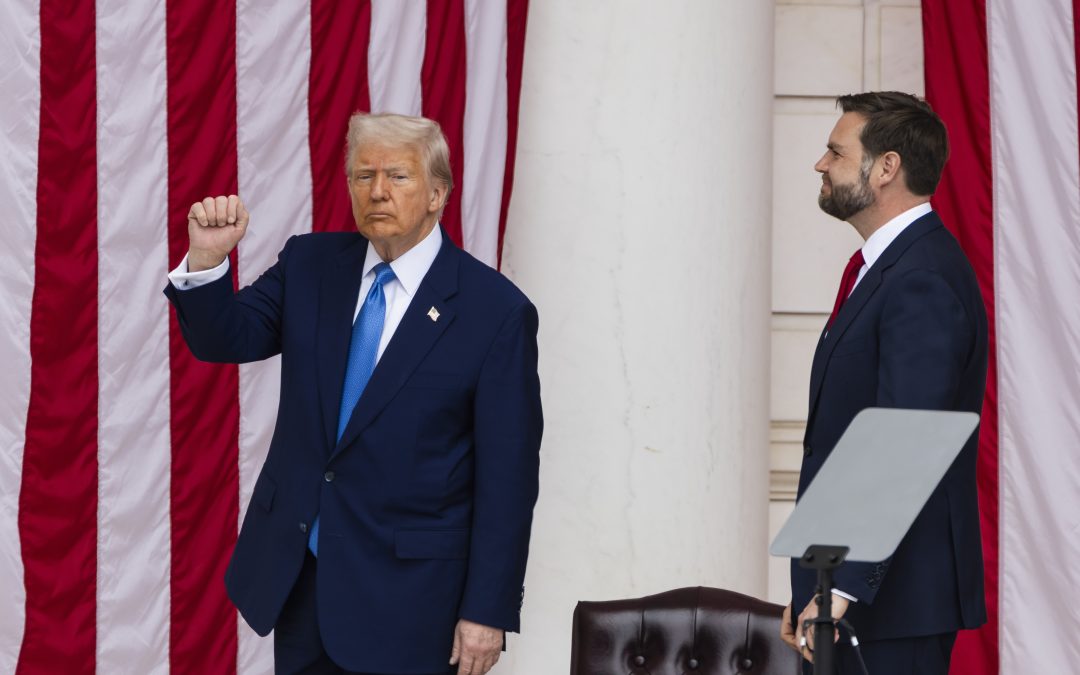
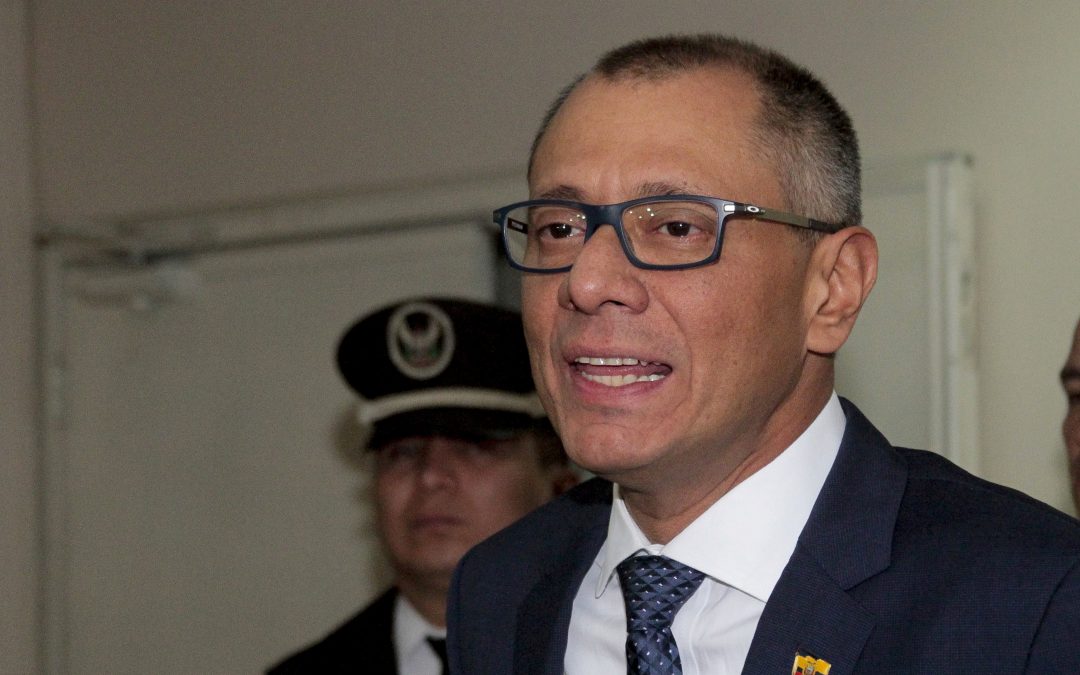
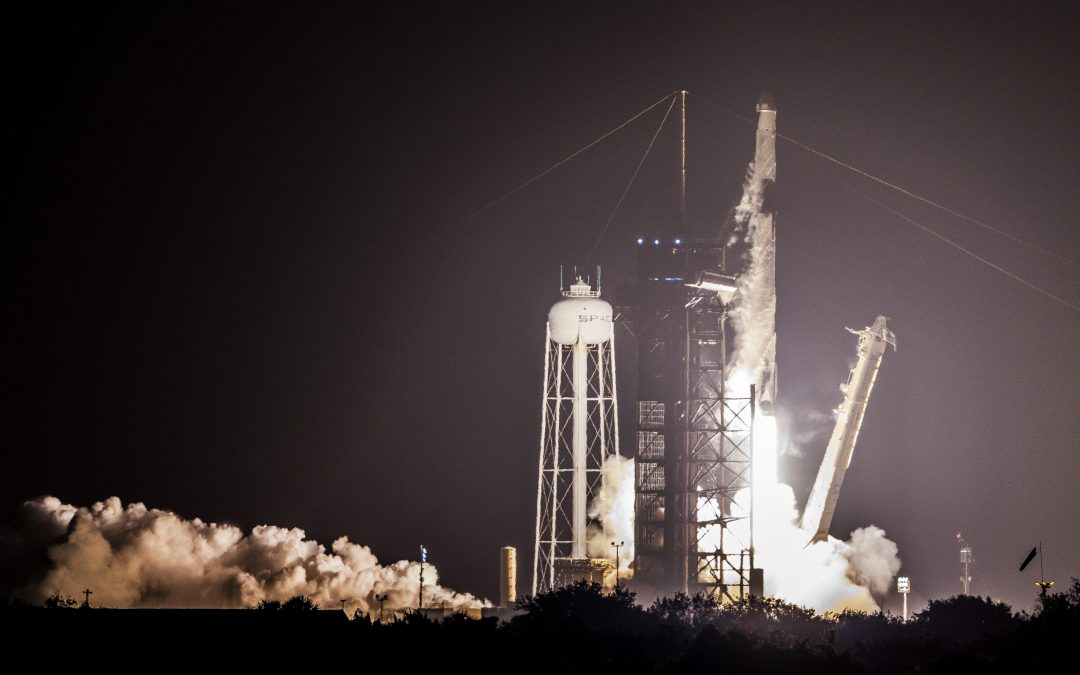
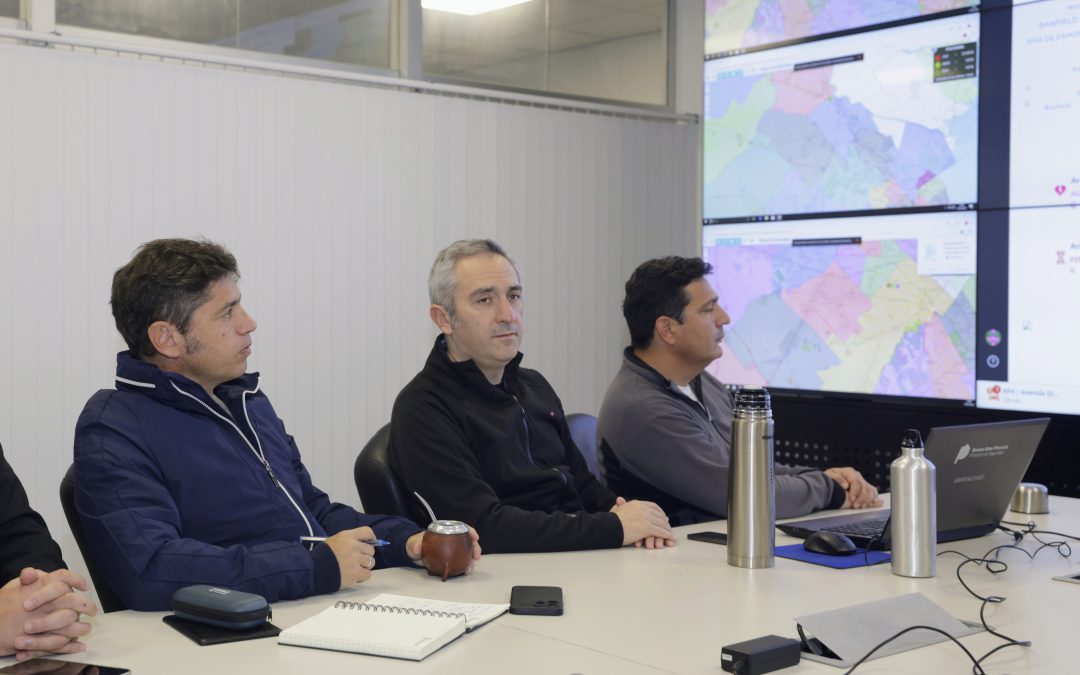



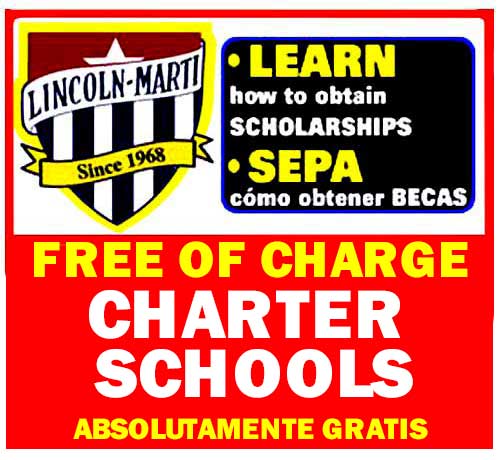


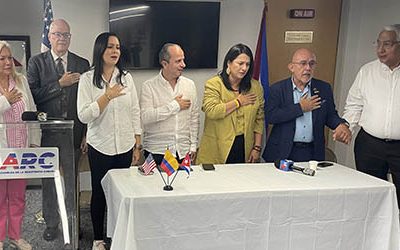
0 comentarios